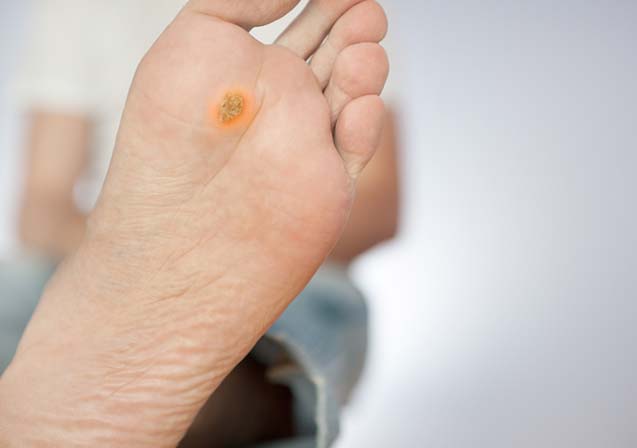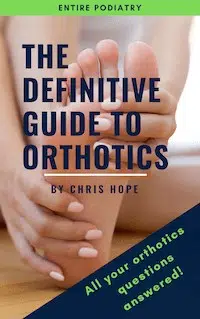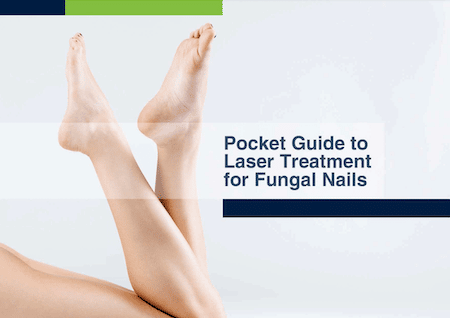Warts are caused by a group of viruses called HPV (human papilloma viruses). They can occur anywhere on the skin or mucus membranes, and the hands and feet are common hotspots.
Wart-causing viruses are contagious and can be easily picked up through skin-to-skin contact, or through sharing toys that may harbour the virus. This is why the presence of warts on children is so high. The virus can also thrive in warm moist areas such as public showers or pool changing rooms, which can be a frequent source of warts affecting the feet.
What are plantar warts?
Warts affecting the sole, or bottom of the foot, are called plantar warts. Because of their location, plantar warts can be very painful when walking, a bit like having a stone stuck in your shoe.
How can I help prevent my child from getting warts?
Warts are spread by both direct contact and through exposure to areas harbouring a wart-causing virus. As such, important tips for preventing warts on kids include:
- avoiding direct contact with warts (either on themselves or on others);
- avoiding bare feet, and;
- keeping feet dry and clean.
What should I do if my child has warts?
An important initial step to prevent spreading warts to other parts of the body, is to coach your child to avoid biting or picking at their fingernails, as well as rubbing or scratching at any existing warts. It also helps if you can cover the warts with occlusive tape such as duct tape.
The next most important step is to seek a podiatry assessment to check whether the area you are concerned about is in fact due to warts, and not another condition such as corns or calluses which can present in a similar way.
Once a professional has clarified that your child does have warts, it’s good to remember that warts are essentially harmless. Although they can be unsightly and embarrassing for children and their parents, most warts will disappear spontaneously within two years.
However, if your child has warts that are stubborn, painful, or causing significant distress, there are a few treatment options that your Podiatrist can offer to facilitate wart removal. Conservative treatment involves paring back the wart and applying a specialised acid ointment called Cantharone, or sometimes called ‘Beetlejuice’ that is available in our clinics.
One of the most effective solutions for warts that we offer at Entire Podiatry is the use of laser treatment. The GenesisPlus Laser system is highly effective at wart removal, with a published success rate of 96%. As the laser can cause some pain, we use this treatment modality less frequently with young children. However, if other treatment options have been ineffective, and depending on the age of your child, laser therapy is another option that can be considered.
Can warts on kids be treated at home?
Importantly, you should never try to remove or cut warts out yourself as there is a high risk of complications such as soft tissue damage, scarring and infection. In particular, if your child has diabetes, a neurological condition, or problems with circulation or immunity, then self-treatment of warts must be avoided.
At Entire Podiatry we understand that treating a child isn’t the same as treating an adult. Any course of action to treat your child’s wart will be carefully considered and discussed with you. We have a number of different treatment options available and the podiatrist will assess the wart and work with you to decide on the best treatment option for your child.
This is why at Entire Podiatry we are always happy to speak to you to address any questions or concerns you may have before bringing your child in for their appointment.
Treatment for warts on children
If you would like further professional advice regarding treatment for your child’s plantar warts, call or make an appointment with one of our podiatrists at one of Entire Podiatry’s 9 clinics in Brisbane, Toowong, North Lakes, Morayfield, Strathpine, Chermside, Logan, the Gold Coast.
Book an appointment online or Freecall 1800-4-ENTIRE (that’s 1800-4-368473).






